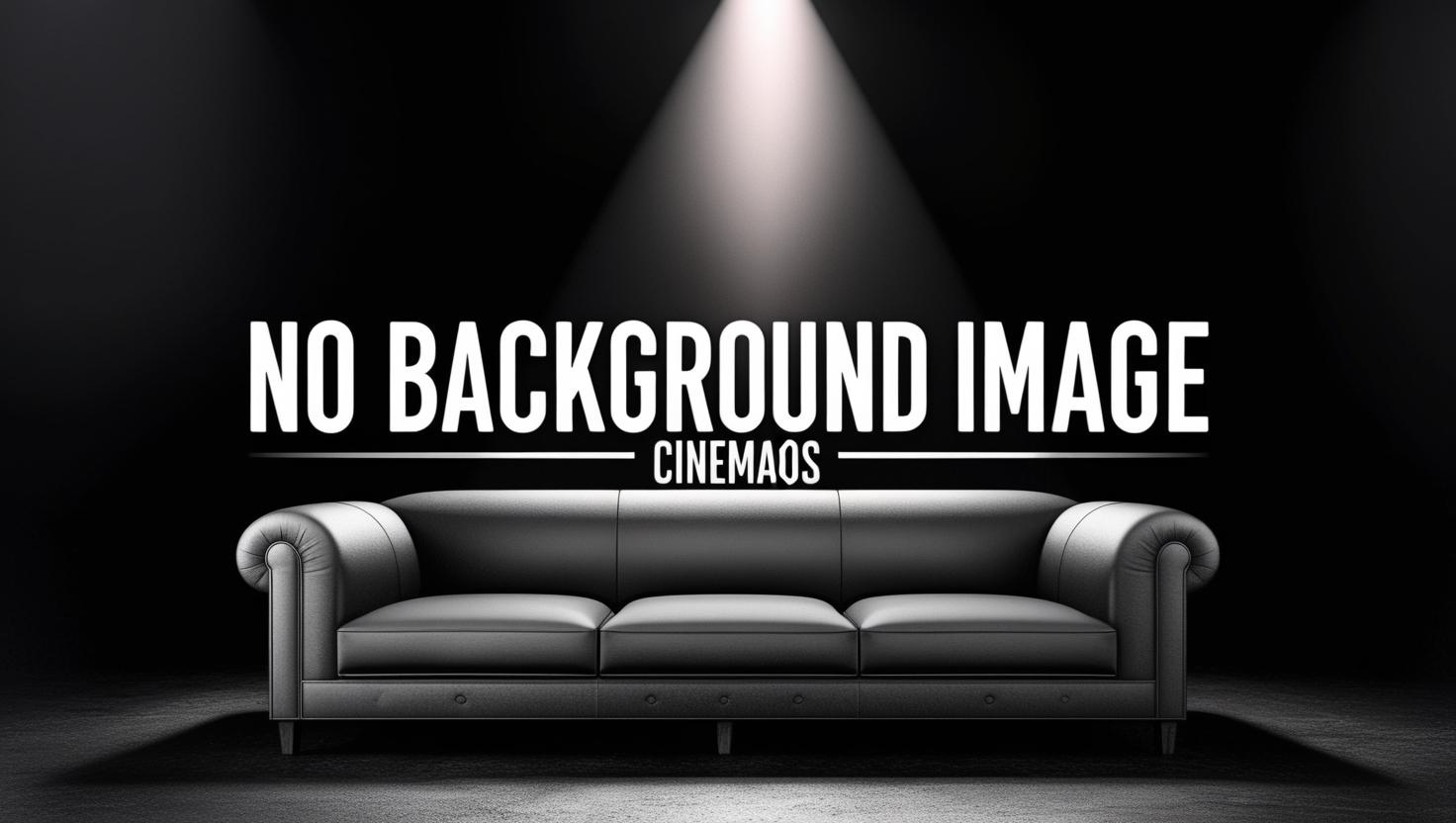
Mistr třeboňský
Watch Movie
Share
Mistr třeboňský
1950
00.0(0 votes)
Documentary
History
Overview
Documentary film about Gothic painting and its representatives.
Links & Resources
Social & External

Documentary film about Gothic painting and its representatives.
Social & External